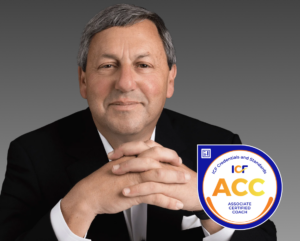Reactions to the idea that Democrats and Republicans sit together at the upcoming State of the Union speech have ranged from humor from Jon Stewart to cynical dismissal by Rush Limbaugh. I think the idea, while not the cure for all that ails Washington, does have some potential to impact the quality of discourse in our government, and the idea that seating arrangements are trivial is foolish.
The seating arrangements at a SOTU speech are the product of long tradition and the room the speech occurs in. While the House Chamber is an amazing and beautiful place, it is not the best room from a facilitator’s point of view. However, just the act of mixing the parties across the room vs. sitting separated by political party would be a very interesting “action learning” experiment in group dynamics.
Anyone organizing any meeting or conference knows that seating arrangements say a lot: are we in a circle, with no power positions, or are we in rows, with a clear front and back to the room? Are we sitting by department (e.g. all of IT together, all of Sales together) or are we mixed across functions?
If how we sit reflects the level of collaboration (or lack there of), could this work in reverse? Could changing the way we sit, impact the culture we operate in?
Closer proximity can improve relationships. Often one of the first positive steps in improving any group dynamic is the agreement to “sit down together” yet the Congress only seems to sit down separately. The only goal all sides in DC seem to share is the search for new ways to change Washington, so why not put deeds to words and give this a try? Maybe a change in physical position could help lead to changes in policy positions.
If you have ever watched a State of the Union address, one of the key aspects is the applause and standing ovations: when does only one party stand or applaud, and when is the ovation bipartisan. This behavior is used by the Congress as a way to send a message to all those who are watching: these ideas we agree with, these we do not. If the parties are mixed across the room, what will the message be when some applaud and some do not? Often we applaud or stand at a speech if those around us do. Would sitting together increase the reaction of Republicans? Will this cause less applause by Democrats? Will there be more unity and less hostility? How would it feel if we could no longer immediately identify by party who was standing and who was not?
At the last joint address, one Congressperson called out “You Lie!” during a part of the speech about health care, apologizing very soon after. Would that breech of decorum have happened if the speaker were not sitting in his camp, as if at a football game far away from the “other side”? It’s a lot harder to vilify someone you are sitting right next to.
By treating the idea of sitting together at the SOTU as merely symbolic, the congress may be missing a simple, no cost, low risk idea for moving towards the more civil and effective dynamic they all say they want







